Introduction
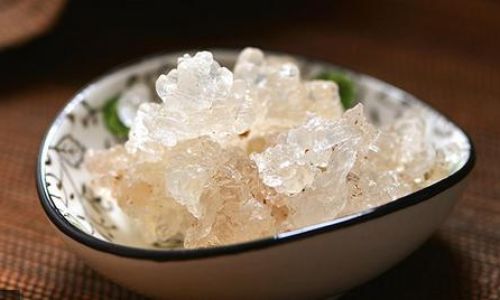
Snow fungus, scientifically known as Tremella fuciformis, is a type of edible jelly fungus renowned for its nutritional benefits and delicate texture. Often used in traditional Chinese cuisine, snow fungus is valued for its ability to nourish the lungs, moisturize the skin, and enhance overall health. Its translucent appearance and gelatinous consistency make it a popular ingredient in desserts, soups, and various culinary preparations. However, one common question among food enthusiasts and health-conscious individuals is whether snow fungus can be consumed after being refrigerated. This article aims to provide a comprehensive answer to this inquiry by exploring the properties of snow fungus, the effects of refrigeration on its quality, and the best practices for storing and consuming this unique ingredient.
Understanding Snow Fungus
Snow fungus grows naturally on dead trees, particularly those of the genus Pinus, in temperate and subtropical regions. Its gelatinous form is a result of its ability to absorb and retain large amounts of water, which contributes to its unique texture and nutritional profile. Rich in polysaccharides, vitamins, and minerals, snow fungus is prized for its ability to support immune function, improve digestion, and promote skin health.
When prepared for consumption, snow fungus undergoes a soaking process to soften its texture and release its natural gelatin. This soaked snow fungus can then be cooked into various dishes, from sweet soups to savory stews. The soaking and cooking processes are crucial in determining the final texture and flavor of the dish, as well as its nutritional value.

Effects of Refrigeration on Snow Fungus
Refrigeration is a common method of preserving food by lowering its temperature to slow down microbial growth and enzymatic activity. For many foods, this extends their shelf life and maintains their quality. However, the effects of refrigeration on snow fungus are somewhat nuanced.
Firstly, refrigeration can alter the texture of soaked snow fungus. The cold temperatures can cause the gelatinous structure to firm up, making it less tender and more rubbery. This change in texture may not be desirable for certain dishes, particularly those that require a soft and silky consistency.
Secondly, refrigerated snow fungus may lose some of its nutritional value over time. While refrigeration slows down the degradation process, it does not completely halt it. Polysaccharides and other nutrients can gradually break down, reducing the overall nutritional benefit of the snow fungus.
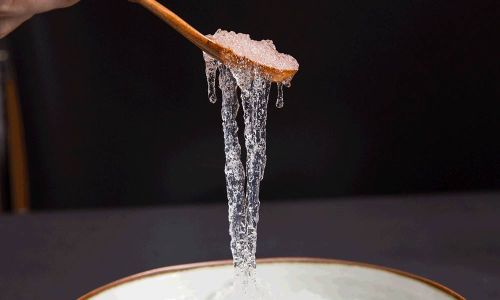
Moreover, improper storage conditions can lead to contamination and the growth of harmful bacteria. Snow fungus, like any other perishable food, should be handled with care to avoid cross-contamination and ensure food safety.
Best Practices for Storing and Consuming Refrigerated Snow Fungus
Despite the potential drawbacks of refrigeration, there are ways to store and consume snow fungus while minimizing texture and nutritional loss. Here are some best practices to follow:
-
Proper Soaking and Cooking Techniques: Before refrigerating, ensure that the snow fungus is thoroughly soaked and cooked to the desired texture. This helps to “set” its structure and reduce the likelihood of further texture changes during refrigeration.
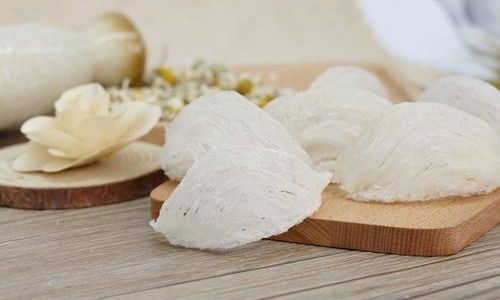
-
Use Airtight Containers: Store soaked or cooked snow fungus in airtight containers to prevent exposure to oxygen and potential contaminants. This also helps to maintain moisture levels, which is crucial for retaining its gelatinous texture.
-
Limit Refrigeration Time: Try to consume refrigerated snow fungus within a short period, preferably within a few days. The longer it stays in the refrigerator, the more likely it is to lose texture and nutritional value.
-
Reheating Properly: When reheating refrigerated snow fungus, use gentle heat to avoid overcooking and further altering its texture. Stirring occasionally can help to maintain a consistent texture throughout the reheating process.
-
Check for Signs of Spoilage: Before consuming refrigerated snow fungus, inspect it for any signs of spoilage, such as off odors, discoloration, or mold. If any of these signs are present, discard the snow fungus immediately to avoid food poisoning.

Conclusion
In conclusion, while refrigeration can affect the texture and nutritional value of snow fungus, it is still a viable option for storing this ingredient, particularly when proper techniques are used. By following best practices for soaking, cooking, storing, and reheating, it is possible to enjoy the unique texture and nutritional benefits of snow fungus even after it has been refrigerated. Ultimately, the key to maintaining the quality of snow fungus lies in careful handling and timely consumption to ensure that its delicate properties are preserved for optimal enjoyment and health benefits.
As with any perishable food, it is important to prioritize food safety and use your senses to guide your decisions about whether to consume refrigerated snow fungus. By doing so, you can continue to enjoy this nutritious and versatile ingredient in a variety of delicious dishes.
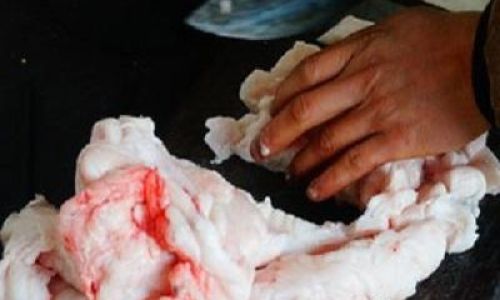
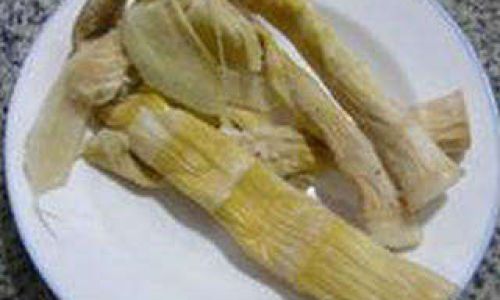
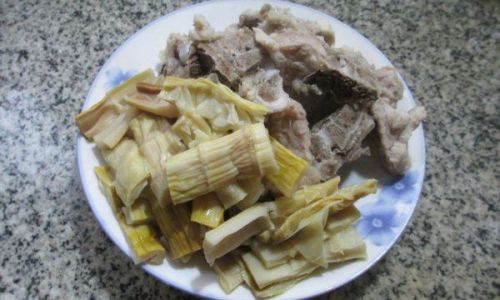
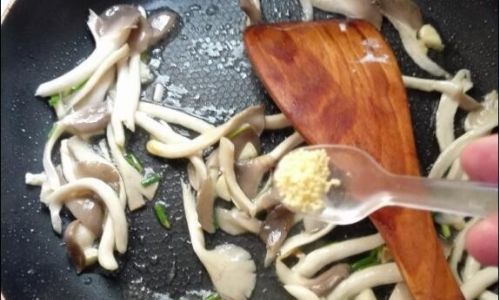

0 comments